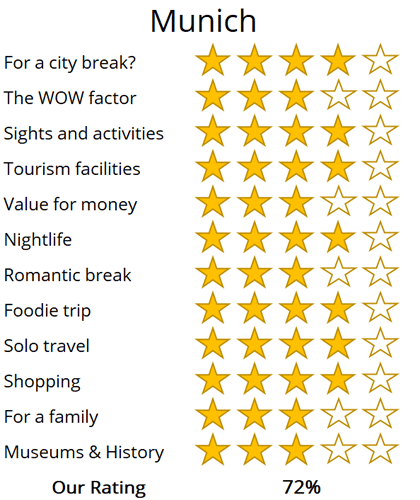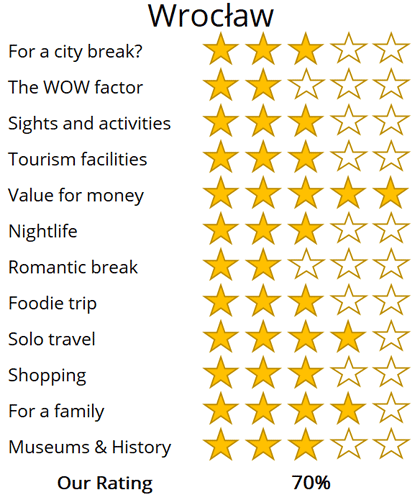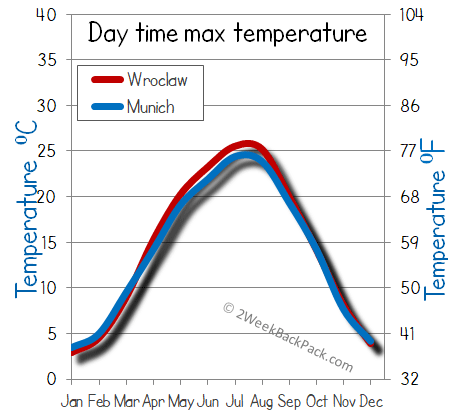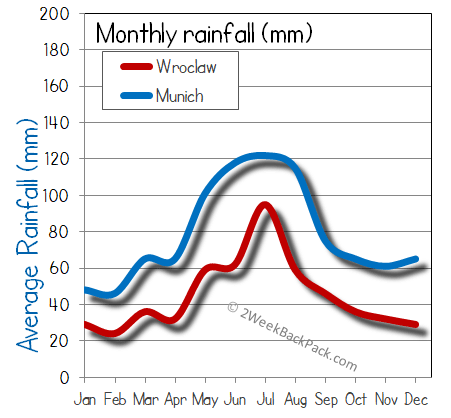WhereToGoForMyHoliday.com
The best destination comparison site!
WhereToGoForMyHoliday.com
The best destination comparison site!
Munich or Wroclaw, which is better for your holiday in 2024?
Munich and Wroclaw both offer unique and enticing experiences, but which one should you choose for your city break or holiday?
We recognise the difficulty in making this decision. While there is abundant information available on both destinations, clear guidance on which city better aligns with your travel preferences is often hard to find.
This article aims to provide an impartial comparison of Wroclaw and Munich, and hopefully help you to choose the best city to visit.
The article is structured into several sections, each of which can be directly accessed through the following links:
• Introduction to the cities
• Scores and ratings
• Which one should I, friends, or family visit?
• When to visit and weather
• Who is the city suited for?
• The perfect 48hours (with map)
• Tourism details (where to stay? airport details?)
Introduction to Munich and Wroclaw
Beer-mad and shrouded by the mountains, Munich is the boisterous capital of Bavaria. It's in the deep southern reaches of the country, where lederhosen are the threads of choice and white sausage is served at breakfast. Proudly unique, romantic, and steeped in art and culture, you won't find anywhere else like this in Germany.
Of course, it's the legendary Oktoberfest that puts Munich on the map. One of the world's biggest festivals, it draws millions to the city in late September (yes, Oktoberfest is confusingly held in September) to glug huge beers and eat endless wurst.
Trips at any other time of the year are sure to be a little more refined. They can involve long walks under Baroque churches, picnics in the English Garden park, and even daytrips to the stunning Bavarian Alps.

Munich is a vibrant city, ideal for a short trip
Wroclaw is the historical capital of the Silesia region. It's been ruled and fought over and shaped by countless tribes and peoples, from the warring Slavs of the first millennium to the Habsburg emperors to the Prussian generals of the 1800s.
This makes it a strangely diverse and varied city, with Germanic townhouses and Flemish-styled mansions next to Gothic cathedrals and USSR tenements.
Wroclaw is a good-looking city. It's got a beautiful perch on the Oder River, spreading from island to island with arched bridges that recall Venice and wooded parks aplenty.
The Old Town is the anchor of it all, and a great place to wander, people watch, and drink Polish beers. Beyond come the fairy-tale spires of Cathedral Island, the colossal concrete dome of Centennial Hall (a UNESCO site), and even Zen parks inspired by Japan.

The historic centre of Wrocław and the Odra River
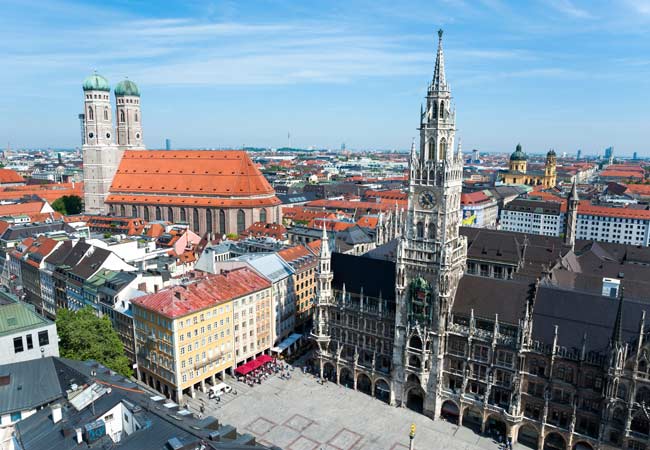
The Marienplatz and the historic centre of Munich, with the Frauenkirche Cathedral, and Neues Rathaus
High-level summary for Munich and Wroclaw
Summary
Where would I journey for a personal escape?
Munich
Where would I send my parents for a memorable visit?
Munich
Where's the ideal destination for my adventurous 19-year-old cousin?
Munich
Where should my food-obsessed friend indulge their culinary passions?
Munich
Note: The above comparisons are weather-independent and are based on travel during the most opportune times of the year. Details about the ideal travel seasons are elaborated upon later in this article.
In the sections that follow, you'll find a comprehensive comparison between these two fascinating cities. This includes recommendations on the duration of stay, the best times to visit, and tailored 48-hour itineraries for each city.
The final segment delves into practicalities for your travels, such as the best airport to fly into, the optimal districts for your accommodation, and insider tips, for when you come to explore the city.
We hope that you find all of this information useful, in planning your next exciting trip!
Destination details
How long to spend each city?
Wroclaw may not be vast in size, but it stands as one of Poland's prominent cities. Its Old Town, brimming with charm, is perfectly navigable on foot, while an efficient tram network offers a swift tour of the key attractions for a modest sum. Generally, a day or two suffices to experience the city’s highlights, making Wroclaw an ideal destination for a brief, fly-in, fly-out weekend retreat.
For those contemplating a more extended stay in Wroclaw, consider interspersing your visit with day trips to the surrounding areas. Nearby, you can explore the forested slopes of Karpacz, visit the awe-inspiring castles along the Eagles Nest Trail, or make a pilgrimage to the sacred site of Jasna Góra.
Take a couple of days minimum to get a feel for the alternative vibes of Munich. You'll need at least a morning or two to check off the grand churches and plazas of the downtown. Afternoons are often lost to a haze of currywurst and spätzle. The evenings will disappear to clinking tankards and too much Bavarian beer.
If you're planning on joining the Oktoberfest party, then the normal amount of time to spend in the Munich event is two days. Some people will stick around longer but remember that accommodation can cost a bomb during festival dates and you'll need to book well in advance.
The closeness of the Alps and the wide variety of off-the-beaten-path neighborhoods in Munich mean that it's also possible to stay here for much longer than just a weekend or a couple of days. You could do weeks of hiking in the spring and summer months. Alternatively, you could do a full ski holiday in nearby Garmisch-Partenkirchen (Germany's biggest resort) during the winter.

There are over 350 charming dwarf statues are scattered throughout Wroclaw’s historic centre. These characterful figures even have their own tourist map, along with s tory behind each one….

Excessive amounts of beer, lederhosen, singing and crazy fairground rides… it can only be Oktoberfest
Munich is one of those cities that has something going for it no matter the time of the year. Lots of people like the height of the summer, for the regular sun and temperatures that often spike above 30 degrees in the middle of the day. That's certainly perfect for wandering the town and enjoying the big lawns and paths of English Garden.
The autumn is best known for Oktoberfest. The shindig and the beer drinking begin in mid-September, lasting until the first couple of days in October. It's usually still warm for the party, but the days get shorter and jumpers will be needed as you get closer to November.
There's often snow in Munich from December onwards. This is the time of year to come if you have your sights set on the ski fields of the German Alps. The slopes of Garmisch-Partenkirchen typically open for business before Christmas, which is also when the enchanting markets start selling gingerbread and sausages on Munich's medieval squares.
Spring is also lovely. May is among the best months of all to travel. The summer crowds haven't arrived yet, the snows have melted, and thermometers can read a pleasant 20 degrees during the day.
Unless you're a fan of air pollution and sub-zero temperatures, Wroclaw is not the place to be in the winter. The whole of south Poland gets cold between November and March – really cold. We're talking minus 10 degrees regularly, with sudden snowfalls and freeing rain. Of course, when there is a dusting of the white stuff, the Old Town of Wroclaw can look wonderful, but recent winters haven't been so promising.
For sightseeing and enjoying the student buzz of the town, it's probably better to hold off until May. That's when the weather really starts getting good. You might have chilly evenings, but you should be able to don the shorts and t-shirts for your wanders through the city. What's more, the local university is in session, so the bars will be lively and vibrant.
Summer sees the students go home and the tourists arrive. It's a reliable period for weather, even if you have to deal with the occasional thunderstorm around early afternoon. September is just as nice, if not even better. That's when the trees of the island parks in Wroclaw start to change to yellow and ochre, lending a romantic atmosphere to the Silesian capital.
If you're the sort of traveller that loves to find off-the-beaten-track cities that don't necessarily have big-name sights, then Wroclaw is sure to be right up your alley. It's not as well known as other towns in Poland but comes with local vibes and interesting neighborhoods. It's also a student city, which means the nightlife can get pumping during term times (September to December and January to June).
Wroclaw has something for those who like the great outdoors, too. Not only is it a green place with lots of parks and riverside areas to explore, but the mountains of the Karpacz and the Czech borderlands are only a short drive to the south. They've got hiking, skiing, spa towns and more.
Munich is unique in that it manages to fuse together the great outdoors, rich European culture, and an enticing foodie scene. That's all thanks to its place as the historic capital of Bavaria, which brings a long tradition of cooking, beer making, castle building – the list goes on.
The upshot? There are all sorts of travellers who are catered to, no matter if you come in search of pretzel eating or high-altitude trekking.
One thing you won't find in this city is the sea. The nearest saltwater is a hefty drive over the Alps in Italy or Croatia. So, don't come if you're pining to top up the tan and swim in the Med.

The Englischer Garten (English Garden) is the spawning park in the centre of the Munich

The twin spires of Wroclaw Cathedral
48hours in Wroclaw
Two days is all that's needed to explore Wroclaw from top to bottom. Most of your time will be spent in the charming Old Town area, but a few jaunts to parklands and other districts can combine with lively nights on the beer to boot…
The interactive map below shows a suggested route for the 48 hours in Wroclaw, with day 1 highlighted in green and day two in yellow.
Day 1: Every history lover, people watcher, foodie and sightseer will want to see the Stare Miasto district. That's the Wroclaw Old Town; the piece de resistance of this southern city. It begins around the wide boulevard of Piłsudskiego, passing through a few blocks of Soviet-era tenements before hitting the historic area proper. That starts in earnest by the Fosa Miejska, a centuries-old moat that was part of the town's medieval fortifications until it was destroyed by Jérôme Bonaparte, the brother of Napoleon.
On the left as you make for the heart of the quarter is the elegant Wrocław Opera House, while the leafy walks of Park Staromiejski are the perfect place to go for a picnic in the summer. Keep going north and you'll eventually arrive at the Rynek. This is the beating kernel of the Old Town, where you'll find the most amazing sights of all.
The Gothic-styled Old City Hall draws the eye first, followed by the German-built housing blocks of 1931 – considered by the locals to be among the ugliest in town! Be sure to check out the narrow alleys that weave through the middle of the square at the Sukiennice. Also keep the eyes peeled for the little dwarf statues that dot the plaza. They're a kitschy addition to the cityscape that you'll find on many random street corners.
As the afternoon turns into evening, consider settling in for a beer tasting at the hearty Spiż microbrewery. Or, head for Setka, where Communist paraphernalia adorns the walls and you can sample potent vodka with pickled herring.

The Most Tumski Bridge, where romantics leave love locks attached to the rails and throw the key in to the Odra River. To the rear is the spire of the Bartholomew’s church and the twin spires of the cathedral
Day 2: Having explored the Old Town, our second day begins with an exploration of the surrounding islands on the Oder River. There is a plethora to see, but the highlight is undoubtedly the iconic Ostrów Tumski.
Crossing the picturesque bridges to reach it, you will find yourself in the oldest part of Wroclaw.
The Wrocław Cathedral, with its towering twin spires, dominates the skyline, marking the most majestic church in the city. Inside, you can admire the exquisite stained-glass windows and the soaring vaulted apses.
From there, proceed to Słodowa Island, particularly delightful in the summer months when people gather by the riverside with their BBQ grills. Another worthwhile stop is Wyspa Piasek, renowned for its attractive chain bridges and quaint cobbled streets.
In the afternoon, take tram numbers 2, 4, or 10 from the Old Town to Centennial Hall, a magnificent UNESCO World Heritage Site celebrated for its revolutionary concrete architecture and a dome reminiscent of Rome's Parthenon.
Adjacent to it are beautiful gardens, with the serene Ogród Japoński as the highlight – an ideal spot for contemplation and reflection on Wroclaw's rich history.

The Centennial Hall may cause divisive opinions, but it was one of the first large reinforced concrete structures that ushered in the era of Modernism.
48hours in Munich
Sample Munich's famous food, beer, and regal inner city on this two-day itinerary that's packed with amazing palaces and parks. If you're hanging around for longer, then you should also have time to make a beeline for the Alps or explore those off-the-beaten-track neighborhoods, but that will have to wait…
Day 1: Your travels begin on the grand Odeonsplatz. A prime example of the city's 19th-century rebuilding, it hosts some of the most magnificent sights in the region. There's the huge, 130-room Munich Residenz, the onetime home of the Bavarian kings and queens. There's the Theatine Church from the 1600s, sporting its dual Baroque towers.
You only have 48 hours, but the palaces can be visited if you have extra time. Instead, move on through the heart of the city on Briennerstraße to the vast plaza of Königsplatz. This is a photo op extraordinaire, with handsome Neo-Classical monuments like the strange Propyläen. The area around that is the artistic quarter (the Kunstareal), where there are endless museums and galleries to go into if you need to warm up or escape the rain.
Next is the beautiful Frauenkirche. This is a symbol of Munich as a whole; a great church topped by bulbous domes on the central Frauenplatz. It will take around 20 minutes to walk over there, but you'll enjoy moving into the Altstadt area as you go. You should plan to spend the evening within, hopping between sights like the iconic Hofbräuhaus (the best known beer hall in the city) and the ancient Peterskirche (the oldest church in Munich).

The Schloss Nymphenburg and its beautiful grounds
Day 2: No visit to the grand royal capital of Bavaria could possibly be complete without at least a glimpse of the Schloss Nymphenburg. It's hardly central, but private tours can whisk you there and back in a single morning, going through the manicured gardens, the court rooms, and the curious Marstallmuseum with its gold-leafed carriages from the 19th century.
When you return back to the middle of Munich head straight for the English Garden. This is one of Germany's favourite parks. You could start by strolling up the Eisbach to see the surfers riding the river wave. Then explore the pretty Hofgarten, where babbling fountains and bandstands once provided a retreat for Bavarian royals. Alternatively, go straight to the Chinese Tower Beer Garden, to glug traditional German hops brews and taste bratwurst and pretzels until sundown.

The Olympiapark complex, constructed fro the 1972 Olympics
The ever-expanding Wrocław–Copernicus Airport is now served by loads of routes coming from across Poland and Europe. It's even possible to arrive on long-haul connecting flights thanks to Poland's flag-carrying LOT airline. There's a bus that leaves the terminals for the centre of town every 20 minutes throughout the day. Tickets cost 3 PLN and the ride is around half an hour.
You can also arrive from Krakow, Warsaw or Katowice by rail. Wroclaw's train station is considered a work of art in itself, so be sure to check out the yellow-painted façade and its grand crenulations as you leave.
Getting around Wroclaw should be easy. The town centre isn't only walkable but a real pleasure to explore on foot. There are lovely bridges linking the little isles on the Oder River, parks connecting the banks of the old city fortifications, and plenty of pedestrianised areas within the confines of the Old Town.

Many of Wrocław oldest builds, were constructed use red bricks
To get out to the Centennial Hall, Wroclaw Zoo, or other districts, you can make use of the efficient tram network. Buy tickets at the MPK Wroclaw machines at any bus or tram stop and then validate them as you board. Basic fares cost 3 PLN per ride, but you can also score passes for several days using the Urbancard website.
Hotels in Wroclaw are generally all located within the ring road of Piłsudskiego. Roughly speaking, the closer you get to the Rynek square the better the location, though staying right on the main plaza might be noisy at night. There are also some lovely boutique stays and B&Bs to find north of the Oder River.
Munich International Airport is the second busiest hub in all of Germany. It's a major arrival point, with links coming in on premium and low-cost fliers from right around the globe. Getting to the city from the terminals is easy thanks to the direct S-Bahn line that runs straight to the train station. The trip costs just over €11 and takes around 40 minutes in total.
Long-distance overnight trains and local German trains alike will arrive at Munich Central Station. It's right in the heart of the city, within walking distance of the Altstadt and the Odeonsplatz. If you'd prefer not to walk to the door of your hotel, however, you can enter the S-Bahn or U-Bahn networks from there. Those, along with the comprehensive bus routes and tram lines, can get you virtually anywhere in the town. Basic one-way single tickets cost €2.80 per ride. Buy them at the blue vending machines located in the stations.
Munich is a safe, modern city. The locals are famed for their friendliness and welcoming attitude – a trait of Bavaria, they say. However, it's still important to be wary of scams and dangers, particularly during the Oktoberfest, when alcohol intake increases dramatically.
The best areas to stay in Munich are the Altstadt, the streets around English Garden, and the grand university and gallery area of Maxvorstadt. Cheaper hotels that are still within walking distance of the sights can be found south of the main train station around Bayerstraße.

The Odeonsplatz plaza and the distinctive yellow Theatine Church
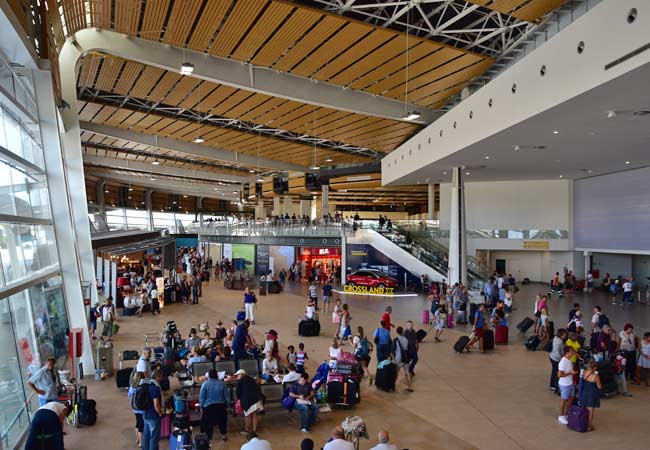
oh we were stuck in the airport!

Copenhagen was a bit expensive...

All we did was drink beer in Brussels...

Muncih was crazy
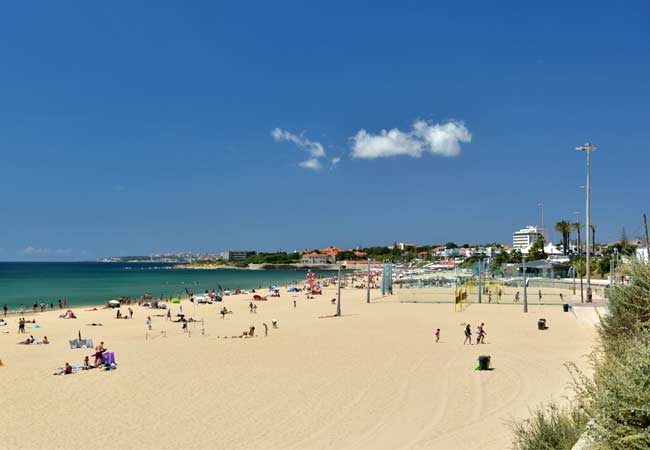
And we got so burnt!
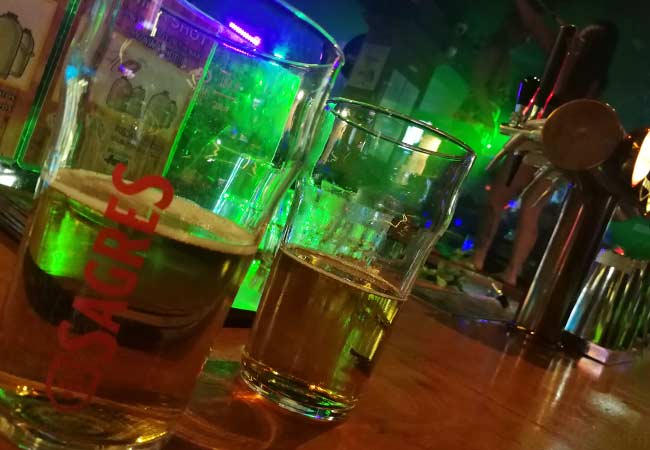
Remeber that night in Rome

oh we were stuck in the airport
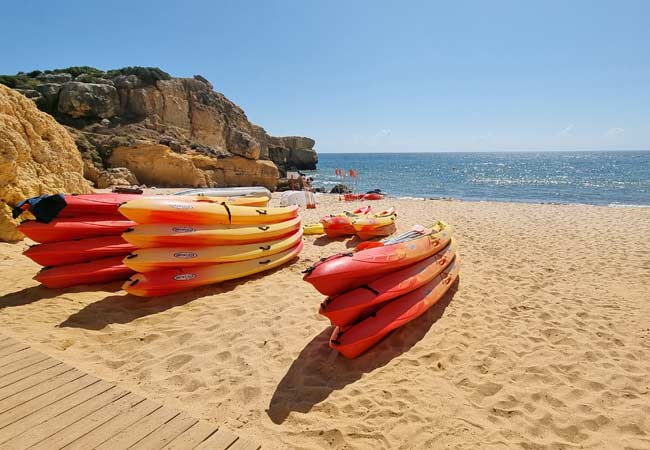
So much fun kayaking

Berlin and that group from Austria!

There was such a view from that church

And we got so burnt!

Munich was eventful, wasn't it!

Such a view from that cathedral in Florence
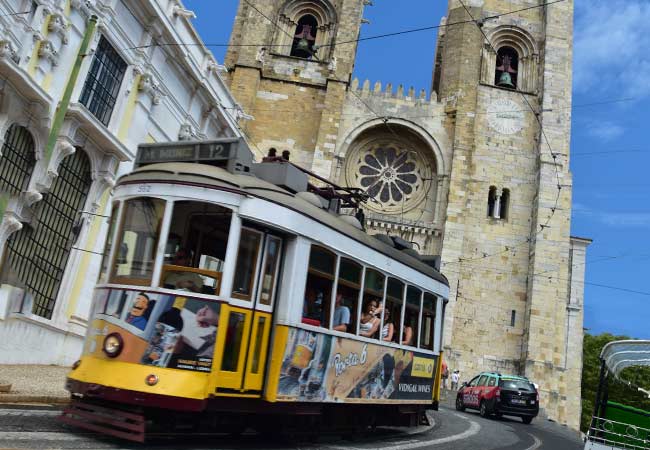
Lisbon was such so much fun

Last summer was so much fun .... x

Remeber that night in Rome

Lisbon was such so much fun

Such a view from that cathedral in Florence

Munich was eventful, wasn't it!

And we got so burnt!

Remeber that night in Rome

All we did was drink beer in Brussels...

Berlin and that group from Austria!

Can't wait to go back to Dubrovnik

Remember that boat ride in Prague

Copenhagen was a bit expensive...
